Dogs have long been known as keen observers of their surroundings, effortlessly picking up sights and sounds that often go unnoticed by their human companions. One of the quirkiest and most entertaining behaviors some dogs display is barking at cartoon dogs on TV.
Whether it’s the floppy-eared hound in a classic animation or the zany, hyperactive pup in a modern children’s show, certain breeds seem especially compelled to respond vocally to their on-screen counterparts.
This phenomenon is more than a simple case of confusion or surprise—it’s rooted in canine senses, breed instincts, and unique personality traits that make some dogs particularly attuned to moving images and canine-like sounds, even when delivered through a television screen.
If you’ve ever found yourself laughing at your dog’s animated protest during a Saturday morning cartoon marathon, you’re not alone. From herding breeds with sharp eyes to companion dogs with a protective streak, many canines bring a special level of excitement to family movie nights.
In this article, we’ll delve into the world of dogs who “watch” TV, explore why certain breeds are more likely to bark at animated dogs, and introduce you to the seven breeds most famous for joining the fun from your living room couch.
Dog Breeds That Bark At Cartoon Dogs On TV
1. Dachshund

Why Dachshunds Bark at Cartoon Dogs
As per AKC, Dachshunds are natural barkers and aren’t shy about expressing themselves. When a cartoon dog comes bouncing across the screen, these little hounds see it as a potential intruder or prey, immediately voicing their opinion. Their determination and persistence mean they rarely stop until the “threat” has disappeared.
Sensory Strengths
Their excellent hearing picks up every sound effect, bark, or whine coming from the TV, while their sharp eyes catch exaggerated movements.
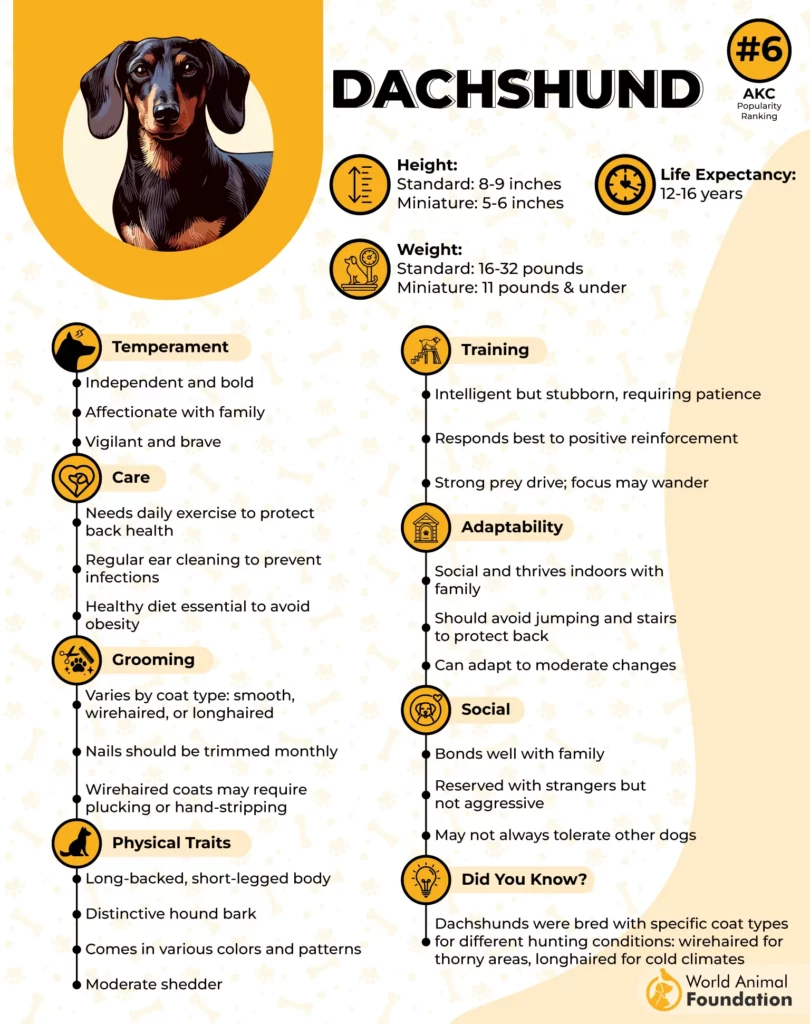
Animated shows often feature sudden noises and quick actions, which are irresistible triggers for this alert breed. Even a cartoon dog’s wagging tail can be enough to get a Dachshund started.
Personality
Dachshunds are playful, stubborn, and fiercely loyal, making them entertaining companions. They’re intelligent and curious, but sometimes their independent streak means training takes extra patience and positive reinforcement. Due to their long backs, they require careful exercise—avoiding stairs and high jumps is important for their spinal health, and regular play keeps their lively minds engaged.
2. Bloodhound

Why Bloodhounds Bark at Cartoon Dogs
For Bloodhounds, barking is a natural response to anything different in their environment, and the sudden appearance of cartoon dogs is no exception. Their instinct to “announce” new arrivals kicks in the moment an animated pup appears. Sometimes, their bark is more a song than a warning, thanks to their famously expressive baying.
Sensory Strengths
Though celebrated for their noses, Bloodhounds also possess excellent hearing and are surprisingly alert to novel sounds. The exaggerated voices and comical howls in cartoons can prompt them to join in, creating a canine chorus in the living room. Even the faintest background yip from a TV dog can pique their interest and prompt a booming response.
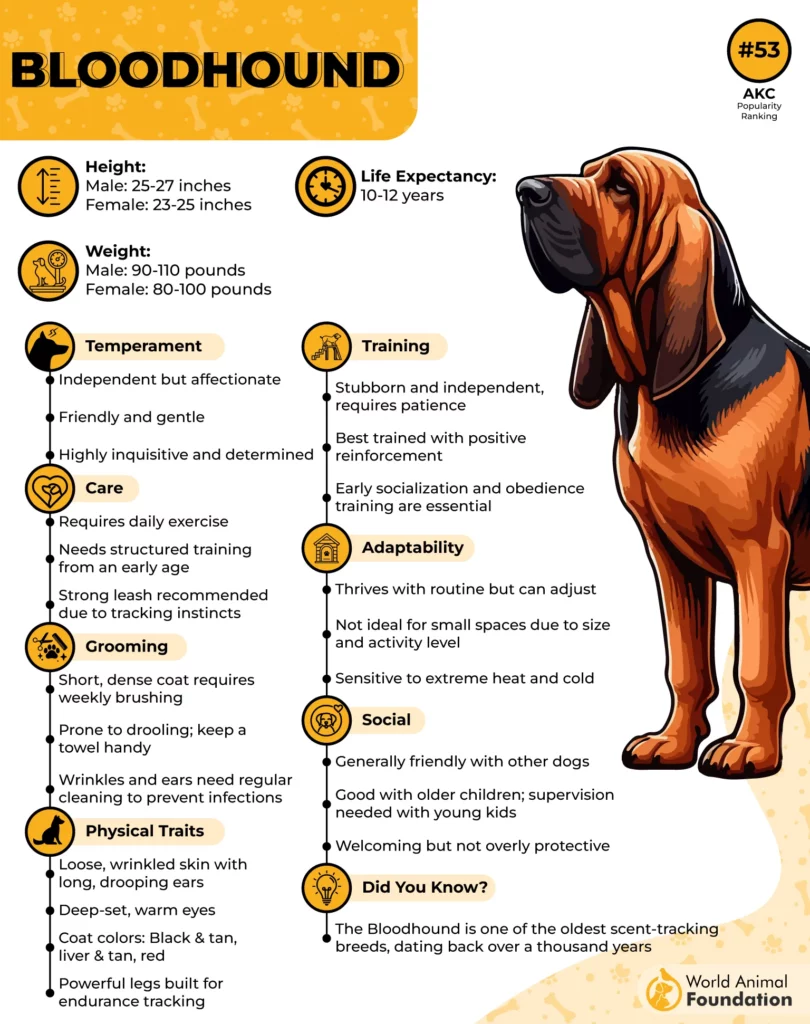
Personality
Bloodhounds are gentle, patient, and affectionate with family, but their tracking instinct is unmatched—they will follow scents for hours if allowed. Their easygoing temperament makes them good with children, though their size means supervision is wise.
Training should be consistent and reward-based, as their determination and curiosity sometimes make them easily distracted by interesting smells.
3. Siberian Husky
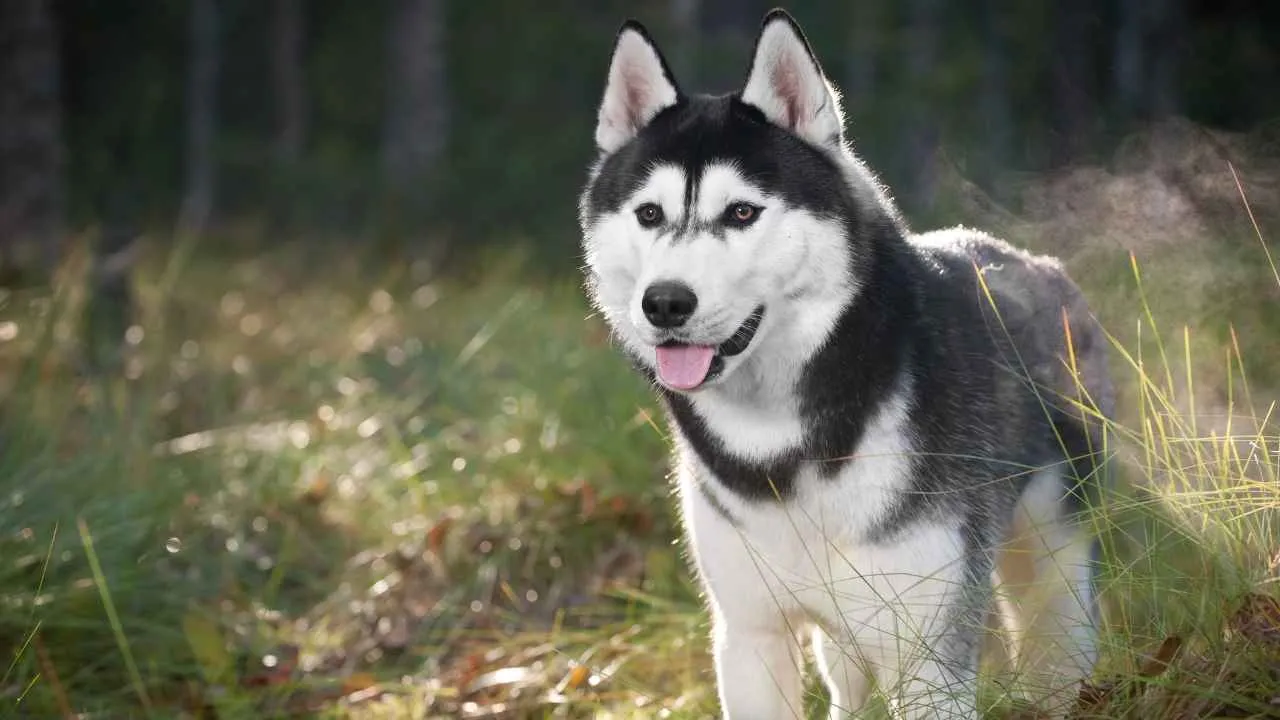
Why Siberian Huskies Bark at Cartoon Dogs
Cartoon dogs, with their over-the-top movements and silly antics, can catch a Husky’s attention in an instant. Huskies are famous for being opinionated and rarely miss an opportunity to “speak” their minds, especially when they spot another “dog” in their territory, even if it’s animated. Their responses can range from playful barks to long, drawn-out howls that match the TV’s excitement.

Sensory Strengths
Siberian Huskies have sharp eyesight and acute hearing, which makes them quick to notice the flashes and sounds of animated programs. A single cartoon bark or yelp can set them off, and they often seem to recognize other dog-like shapes on the screen. The fast-paced action and high-pitched noises in cartoons provide just the kind of stimulation this alert breed craves.
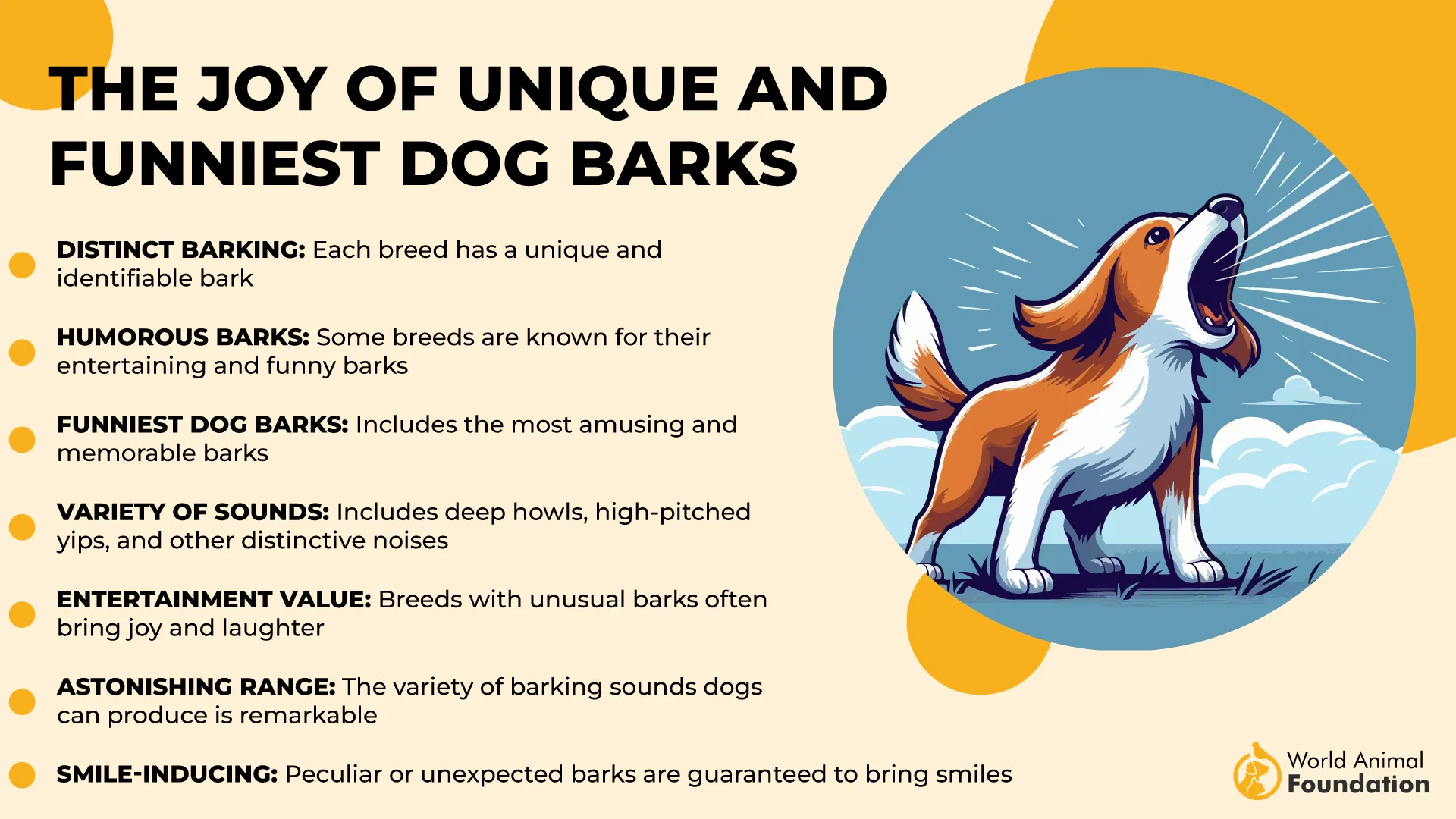
Personality
Huskies are social, friendly, and love to be active. Their playful, energetic nature means they need daily exercise and mental challenges to prevent boredom. While generally gentle and good with kids, their stubbornness requires consistent, positive training, and early socialization helps them develop into well-mannered adults.
4. West Highland White Terrier
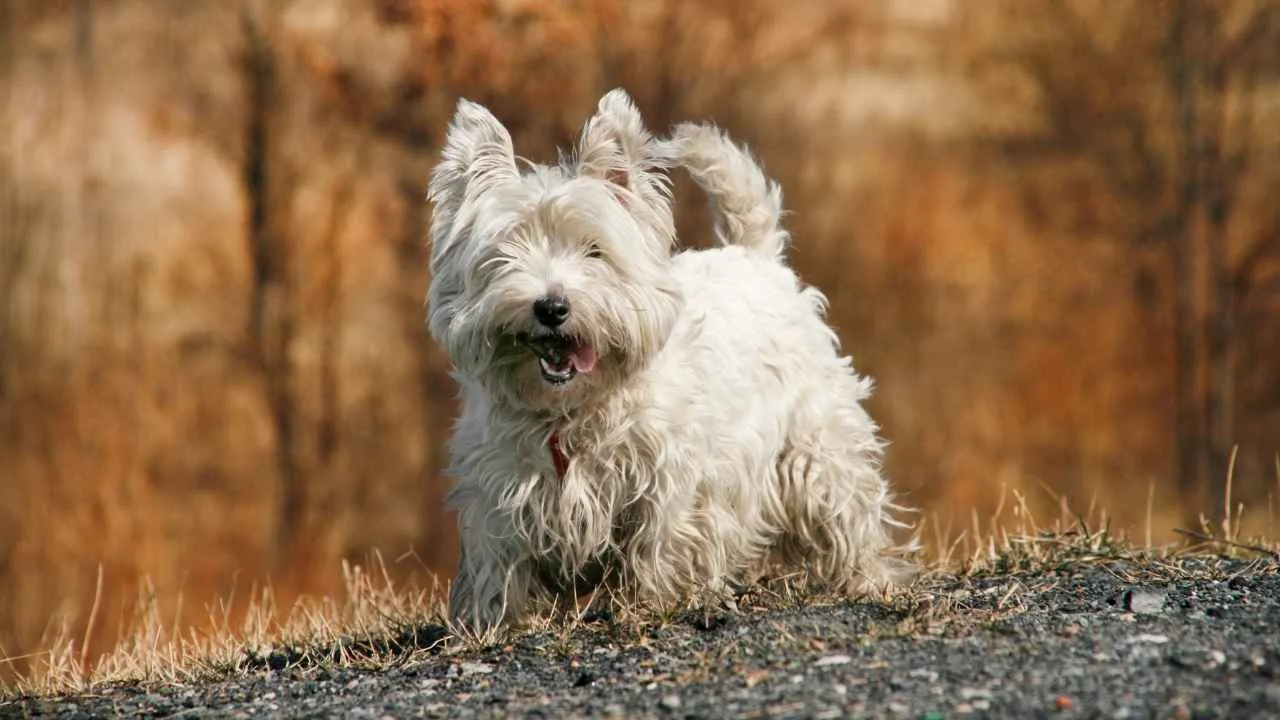
Why Westies Bark at Cartoon Dogs
West Highland White Terriers, affectionately known as Westies, are bold, spirited dogs with strong guarding instincts. When a cartoon dog appears on the screen, Westies interpret it as a potential visitor or intruder. Their quick reaction to anything unusual ensures they rarely miss an animated canine “guest.”
Sensory Strengths
WebMD states that Westies have keen senses, especially when it comes to sight and sound. The high-pitched voices and sudden movements common in cartoons are strong triggers for their attention. Even a brief on-screen bark is often enough to set them off into a vocal flurry.

Personality
Westies are cheerful, confident, and adaptable. They get along well with families and do best with gentle but firm training. Regular grooming keeps their white coats healthy, and daily walks plus interactive play satisfy their energy and curiosity.
5. Border Collie
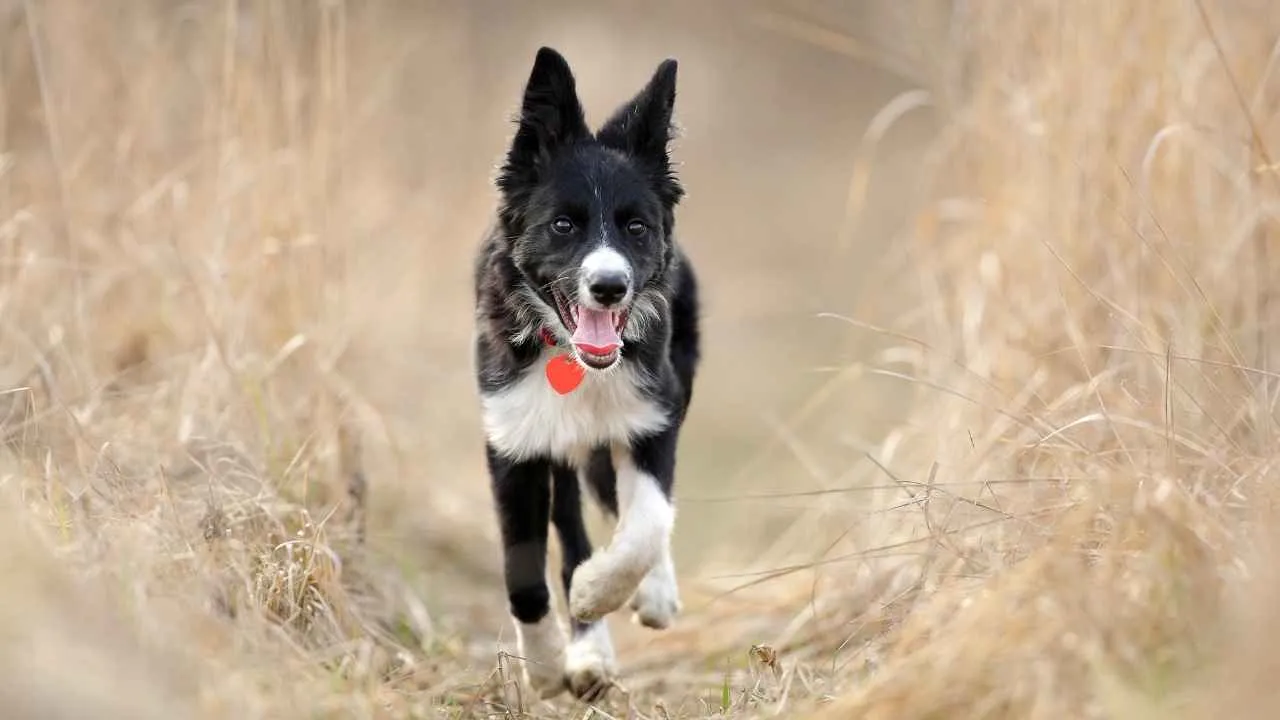
Why Border Collies Bark at Cartoon Dogs
Border Collies are famed for their alertness and strong work ethic, always ready to react to movement and sound. Animated dogs on TV catch their eye instantly, sparking an instinctive response to “herd” or control the scene. Their natural vigilance means they treat every on-screen appearance as a cue to act.
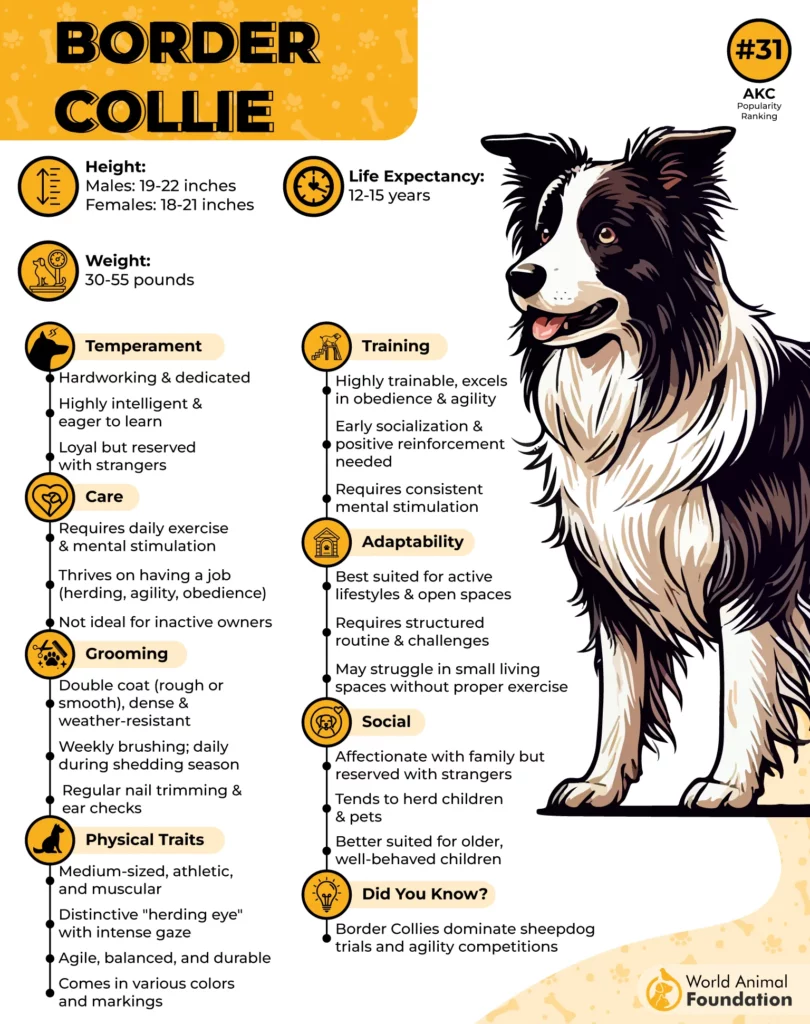
Sensory Strengths
With incredible visual acuity, Border Collies spot even the smallest details on a television screen. Lively, unpredictable cartoon motion and energetic dog sounds are perfect matches for their sharp senses. It’s common for them to follow the animated dog’s path with their eyes and their barks.
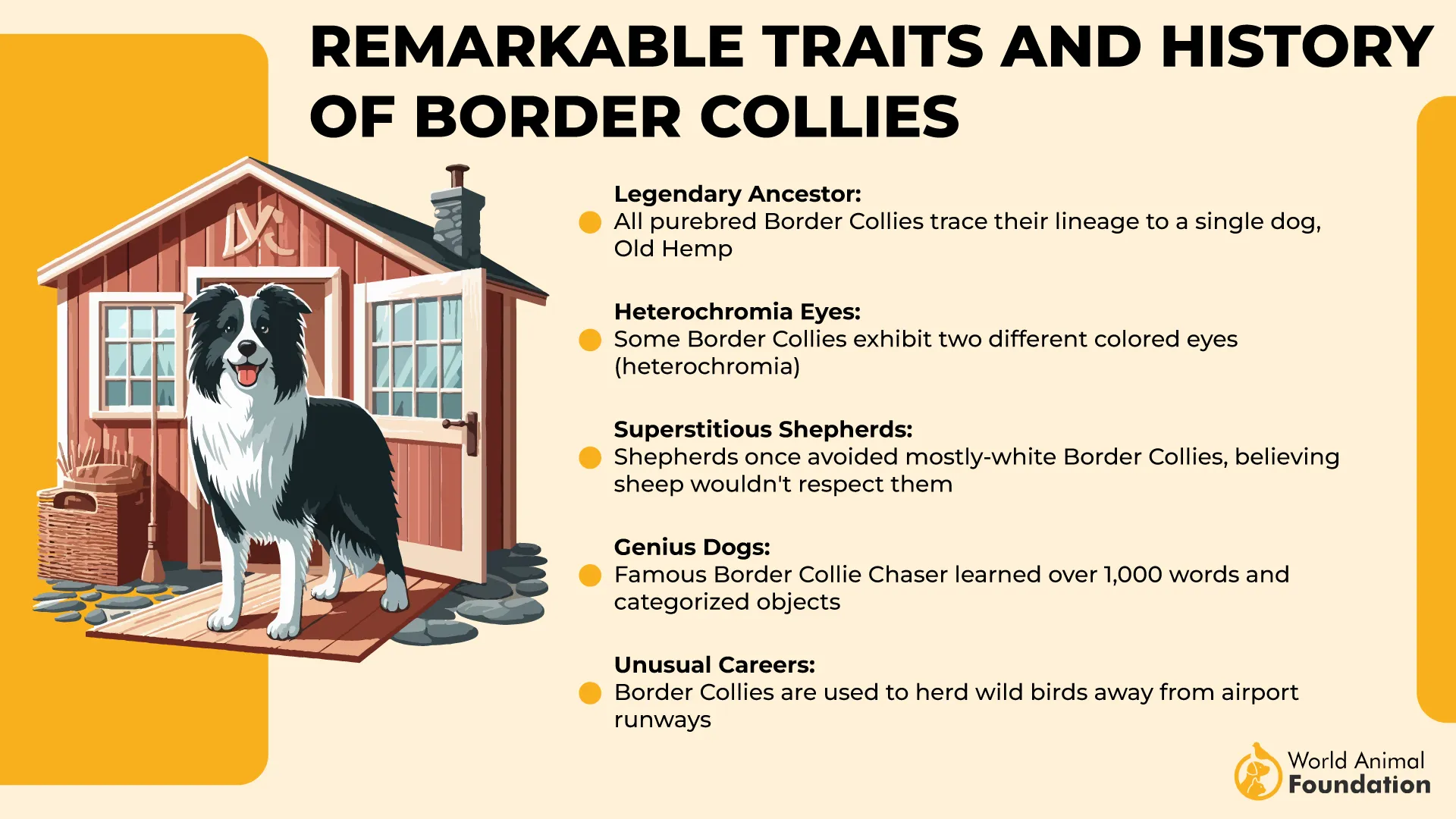
Personality
Border Collies are intelligent, energetic, and thrive on having a job to do, as noted by PetMD. They require plenty of exercise and mental stimulation, agility, obedience, and herding games are ideal. Consistent training, early socialization, and a routine are keys to helping them become well-adjusted companions.
6. Beagle

Why Beagles Bark at Cartoon Dogs
Beagles are notorious for their powerful voices and enthusiastic reactions to anything that grabs their interest. The appearance of a cartoon dog on TV is treated as a thrilling discovery, prompting immediate vocal commentary. Their innate curiosity ensures no on-screen pup goes unnoticed.
Sensory Strengths
Equipped with acute hearing, Beagles are quick to pick up every squeak and bark from the TV. Their attention is drawn by lively, exaggerated sounds and colorful animations. Even subtle noises from a cartoon can set off a chain of energetic barks and howls.
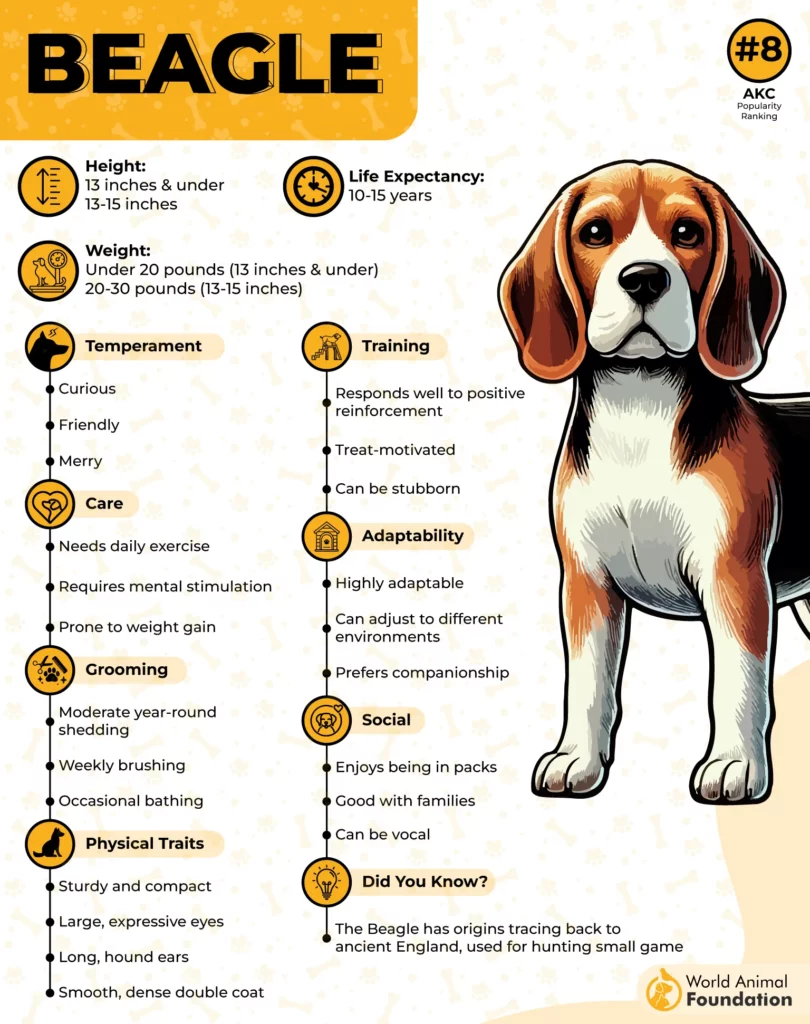
Personality
Beagles are merry, loving, and excellent with children. They need daily walks and enjoy scent games that tap into their tracking instincts. Their social, food-motivated nature makes training enjoyable, but a secure yard and early obedience help channel their curiosity and prevent wandering.
7. Chihuahua
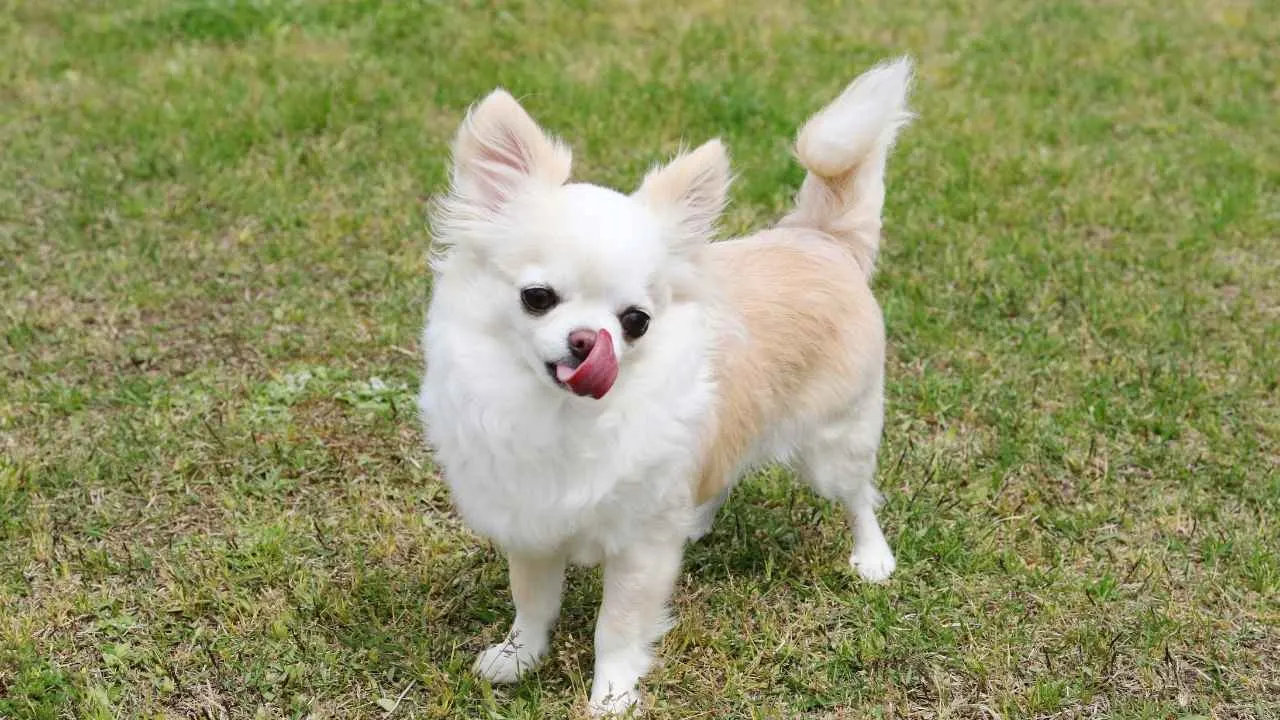
Why Chihuahuas Bark at Cartoon Dogs
Chihuahuas are feisty and deeply protective, quick to respond to anything unfamiliar in their environment, including on-screen visitors. The arrival of a cartoon dog sparks their territorial instincts, prompting a volley of high-pitched barks. Even the smallest animated gesture can capture their attention.
Sensory Strengths
Chihuahuas possess sharp ears and a watchful gaze, always tuned in to new sights and sounds. The fast movements and playful yips of cartoon dogs act as perfect triggers for this breed. Their small size doesn’t stop them from making a big noise at every animated encounter.
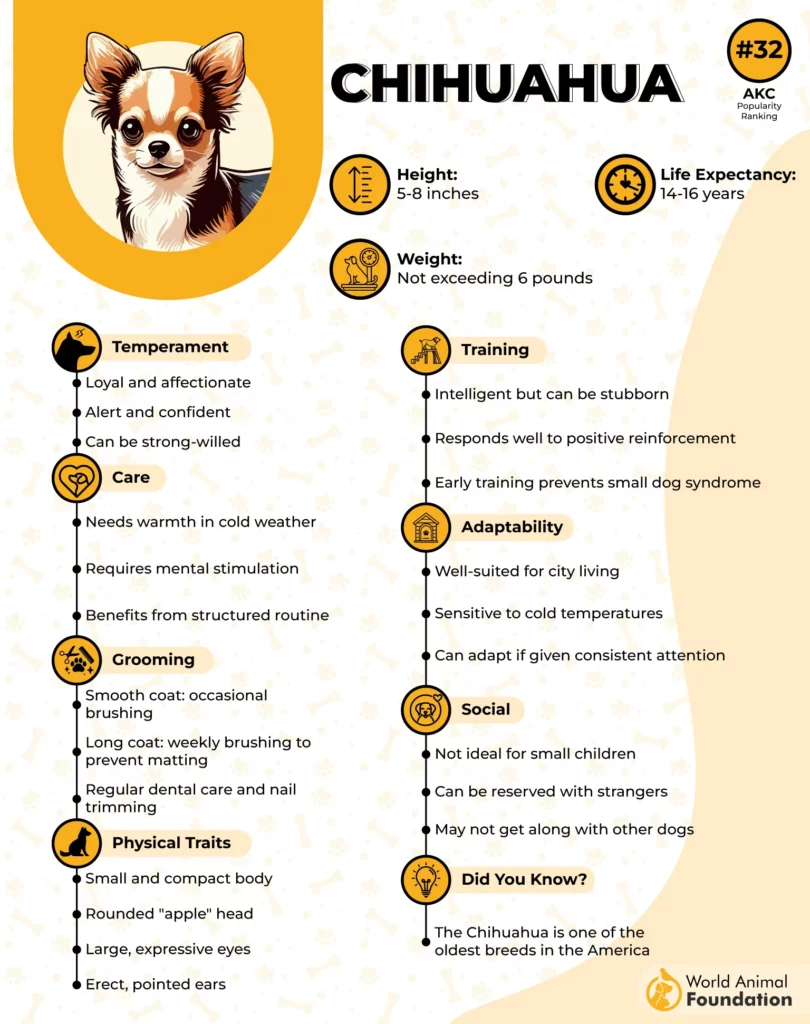
Personality
Chihuahuas are loyal, alert, and often bond very closely with their primary person. They thrive in attentive homes and do well with gentle socialization from puppyhood. While exercise needs are modest, short walks and safe indoor play are important for their health, and positive reinforcement helps them become delightful little companions.
Conclusion
Watching a dog bark at cartoon animals on TV—whether it’s Scooby-Doo chasing criminals, Snoopy in his wild adventures, or a cow, squirrel, or even a blue dog on the screen—is a reminder that life with pets is always interesting. Some dogs jump onto their hind legs, paws flying and heads tilting, as if they truly believe the animated creatures are in the house. The whole family might get involved, laughing at the chaos while the cat hides and dad snaps a picture of the crazy scene.
No matter the animal or film, our best friends are always ready to play, chase, and show off their sweet, loyal personalities. Dogs’ ability to get excited over the smallest thing—even a toy or a shadow on the wall—shows their true companionship and interest in every part of our lives. Whether your puppy is barking at Dug, interested in school cartoons, or ready for a walk, remember: each moment, big or small, is better when shared with your pet by your side.


